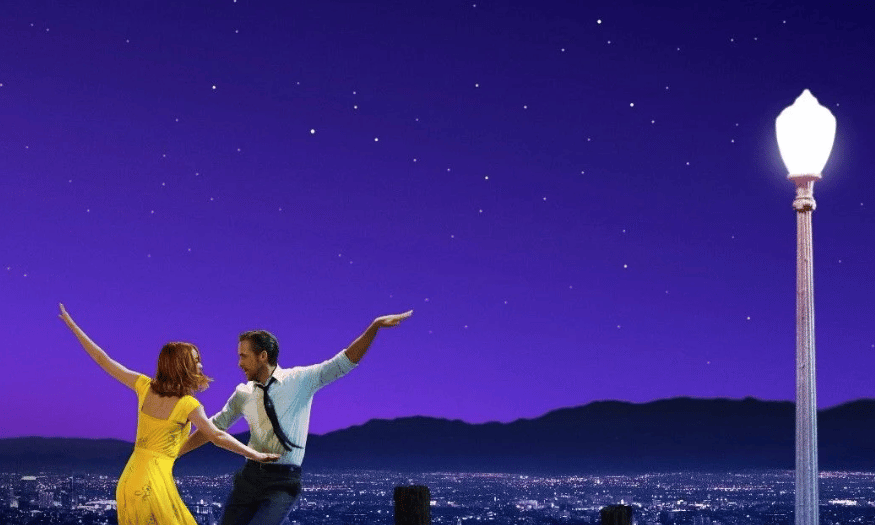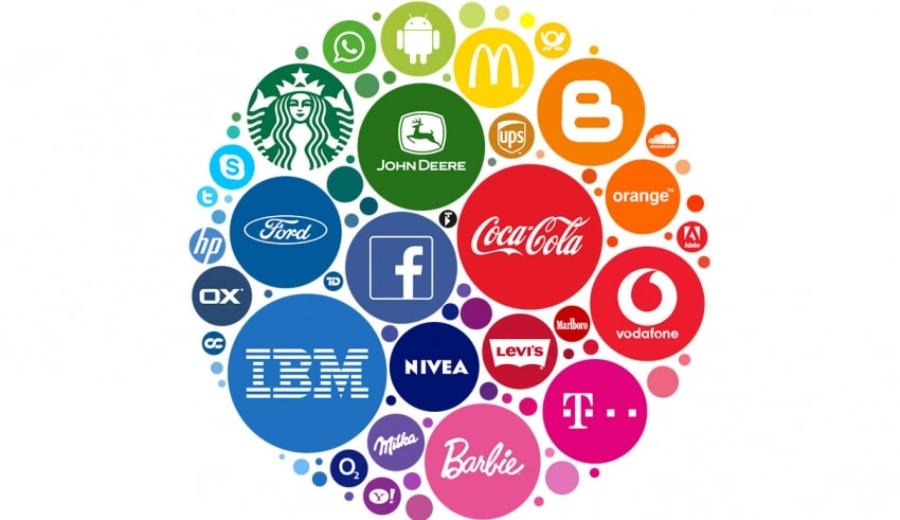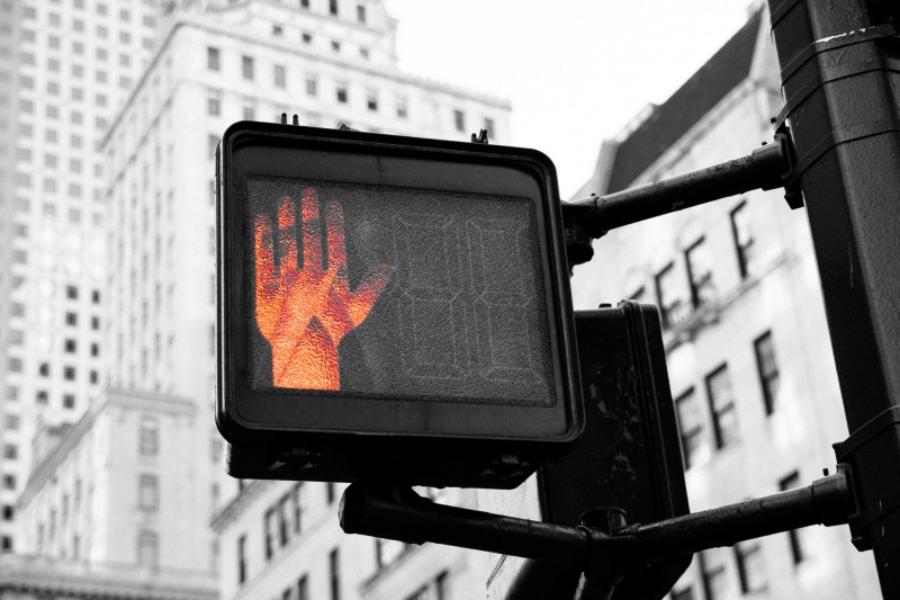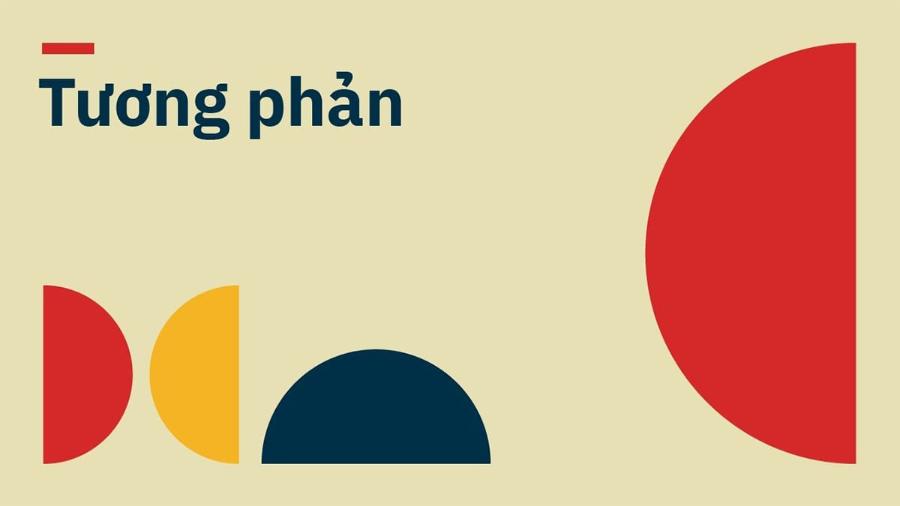Best Selling Products
What is a Poster? Trends and Professional Design
Nội dung
- 1. Popular types of posters
- 1.1 Advertising poster
- 1.2 Movie poster
- 1.3 Motivational posters and social posters
- 1.4 Event poster
- 2. What is an effective communication poster?
- 3. Elements that make up a professional poster design
- 3.1 Clear, easy-to-understand message
- 3.2 Intuitive, focused layout
- 3.3 Harmonious and strategic colors
- 4.4 Appropriate and readable typography
- 3.5 High quality images and graphics
- 3.6 Cleverly integrated branding
- 3.7 Clear Call-to-Action (CTA)
- 3.8 Cross-platform compatibility
- 4. Current and future poster design trends
- 5. Professional poster design tool: Canva
- 6. Conclusion
Posters are one of the powerful communication tools, helping to convey messages visually and impressively. With the development of technology and modern design trends, posters are not simply a piece of paper with images and text, but also a work of art expressing the personality and creative vision of the designer. In the context of an increasingly competitive market, understanding posters, design trends and how to create quality products is very important.

Posters are one of the powerful communication tools, helping to convey messages visually and impressively. With the development of technology and modern design trends, posters are not simply a piece of paper with images and text, but also a work of art that expresses the personality and creative vision of the designer. In the context of an increasingly competitive market, understanding posters, design trends and how to create quality products is very important. In this article, Sadesign will delve into the aspects of posters, from basic concepts to the latest trends, along with professional design principles.
1. Popular types of posters
1.1 Advertising poster
Advertising posters are one of the oldest and most effective communication tools, thanks to their ability to convey messages in a visual and accessible way. Posters began to appear in political roles in the early 20th century, such as recruitment posters during World War I, where images and slogans were combined to create a strong call to action. Today, advertising posters are not just product images, but also an indispensable part of brand communication campaigns.
With the power to attract attention in public spaces, advertising posters become a direct bridge between brands and potential customers. From large wall prints to digital versions on social media, posters help amplify messages in a consistent way. A striking design not only creates a sense of closeness but also evokes the desire to own, thereby building a strong and memorable brand image in the minds of consumers.
1.2 Movie poster
Movie posters are one of the most memorable forms of design in the media. More than just a promotional tool, movie posters are the “first door” that leads the audience into the world of the movie. Usually, posters are designed based on original images or exclusive illustrations, to quickly convey the setting and genre of the movie.
It is important for the designer to select and emphasize valuable details in the film content, while maintaining the element of mystery to arouse curiosity in the audience. Information about the director, cast and release date are often included in the poster as highlights, creating a widespread media effect. A successful movie poster not only increases brand recognition for the film but also stimulates emotions and urges the audience to go to the cinema.
1.3 Motivational posters and social posters
Motivational and social posters play a special role in raising morale and raising public awareness. Motivational posters often carry short, inspirational messages, accompanied by positive images, helping viewers overcome psychological barriers and foster a spirit of perseverance. They often appear in corporate environments, helping to motivate employees and motivate teams.
Social posters, on the other hand, focus on current issues such as environmental pollution and social inequality. Designers often use metaphors or strong designs to stir emotions and motivate action. Whatever their form, these posters are always on a mission to awaken the community, provoke reflection and raise big questions about responsibility in modern society.
1.4 Event poster
Event posters are an important visual tool for promoting cultural, artistic and entertainment activities. The main role of a poster is to convey information such as the event name, time and location. However, to really attract viewers, aesthetics and visual personality must be given top priority. An effective event poster not only announces a program but also evokes emotions and curiosity.
Designers often take creative approaches, such as using iconic slogans combined with unique illustrations. This makes the poster part of the artistic experience, where viewers feel the uniqueness of the event at first sight. The success of an event poster lies in its ability to balance information and emotion, creating a strong appeal to participants.
.png)
2. What is an effective communication poster?
An effective poster is more than just an eye-catching design; it is a subtle blend of images, content and communication goals. In today’s information-saturated world, where viewers are constantly “attacked” by a series of images and messages every day, a memorable poster needs to capture both aesthetic elements and communication strategy. The poster must create an impression in the first moment, making the viewer not only see but also feel and think.
To achieve this, the main message of the poster needs to be clear and easy to understand. The principle is that the sentences must be short and concise, prioritizing powerful keywords such as "action", "emotion" or "arouse curiosity". Additional information such as time, location and organizer also need to be arranged scientifically, so as not to confuse the viewer. This helps the viewer grasp the core content in just a few seconds, thereby creating an initial connection with the poster.
Visual elements are also important in attracting attention. Colors, typography, layout, and illustrations must be appropriate to the target audience and the media context. A poster aimed at young people may use bright colors and dynamic designs, while a poster aimed at seniors needs to be elegant and easy to read. Images should evoke emotions or have a storytelling element, creating a deeper connection with the viewer. Finally, branding is essential in the poster, making it easy for viewers to remember and associate with the organization behind the message. When all these elements come together perfectly, the poster will not only attract the eyes but also touch the hearts and minds of the viewers.
.png)
3. Elements that make up a professional poster design
A professional poster is more than just a pretty image; it must be able to convey a message clearly and effectively, leaving a lasting impression on the viewer’s mind. Poster design is a combination of art, communication strategy and visual thinking. To achieve maximum effectiveness, each element of the design plays an important role. Here are the core components that should be included in a professional poster design.
3.1 Clear, easy-to-understand message
No matter how eye-catching a poster is, it is worthless if it does not convey a message. The first important thing is to determine the communication goal: are you promoting an event, a product, or simply inspiring? Once you have determined the goal, write down the core message – short, concise, and memorable – that will become the "backbone" of the entire design. A clear message helps viewers grasp the content in just a few seconds, creating an immediate connection.
3.2 Intuitive, focused layout
The layout of a poster is what guides the reader’s eye to the important parts. A professional design should have a clear visual hierarchy, where the title, main image, and secondary information are arranged in a purposeful way. Smart use of white space not only creates a sense of spaciousness but also enhances the aesthetics of the poster. A reasonable layout makes the content easier to digest and highlights important points.
.png)
3.3 Harmonious and strategic colors
Colors have the power to influence the emotions of the viewer. A professional poster does not choose colors randomly; instead, colors are chosen based on the emotion being conveyed and the target audience. The color palette should be consistent, usually only 2-4 primary colors, with enough contrast between the background and the text to keep the information clear. Color is not only an aesthetic element but also a powerful communication tool, helping to create a lasting impression on the viewer.
4.4 Appropriate and readable typography
Typography is an important element in poster design. Choosing the right font not only enhances the design but also helps to convey the message effectively. Choose fonts that are easy to read, match the “personality” of the message, and limit the use of too many fonts – ideally 1 to 2 fonts. Make sure the font size is reasonable so that viewers can read clearly from a distance, especially when using outdoor posters.
3.5 High quality images and graphics
Images are central to conveying emotion and creating a focal point for a poster. A professional poster should use sharp, high-resolution images that are relevant to the message. Images should be symbolic or narrative, helping to create an emotional connection with the viewer. Sometimes, custom illustrations can add aesthetic value and differentiate the design.
3.6 Cleverly integrated branding
For corporate or product posters, the brand identity should be clearly expressed without feeling "forced". Logos, brand colors, slogans or distinctive graphic elements should be integrated harmoniously. This not only increases recognition but also maintains the overall aesthetic of the poster.
3.7 Clear Call-to-Action (CTA)
Professional posters always include a clear call to action, letting viewers know what they need to do next. Depending on your goal, the CTA could be “Join Now,” “Register Before…” or “Scan QR Code for More Details.” Make sure the CTA is prominent, easy to see, and well-placed, encouraging viewers to take immediate action.
3.8 Cross-platform compatibility
Today, posters are not just printed and pasted on the street. A professional design needs to be able to easily convert between formats: from large outdoor prints, indoor vertical frames, to digital versions for social media, email or websites. Having different aspect ratio versions (A3, A5, 1:1, 4:5…) ready will save you time and ensure consistent images across all media channels.
.png)
4. Current and future poster design trends
In an age where visuals play a central role in reaching and retaining audiences, poster design is constantly evolving to adapt to visual tastes, technology, and the way people interact with content. Current poster design trends are clearly shifting toward minimalism, interactivity, and personalization – reflecting the changing information consumption behavior of modern audiences.
One of the most prominent trends is minimalism. In a world where users are “visually overloaded” with content every day, simplicity – but purposeful – is what makes it appealing. Posters that use negative space, monochromatic or high-contrast colors, and bold typography are gaining popularity because they are both elegant and memorable. Minimalism doesn’t mean plain; instead, it’s a thoughtful choice where each element on the poster has a reason for being there and contributes to the whole.
At the same time, motion posters are taking over the digital space. Especially on social media platforms like Instagram and TikTok, posters are no longer static. A slight movement of typography or color effects can create a dynamic experience, attracting attention in a split second. Motion posters are not just a design product; they are also part of a modern story, where each frame can “tell” something profound.
Personalization in poster design is also on the rise. With the development of user data and AI technology, media campaigns can create multiple versions of posters to suit different audiences. For example, the same music event, but rock lovers will receive a different version than acoustic lovers, even though the core content is the same. This helps brands build deeper personalized connections with their audiences, increasing conversion rates and memorability.
Finally, posters are becoming increasingly interactive, especially in exhibition and event spaces. The integration of elements such as QR codes, AR (Augmented Reality) technology, and motion sensors allows viewers to “interact” directly with the poster. The combination of visual design and technological experience brings new depth to the message, opening up unprecedented creative opportunities in the field of poster design.
.png)
5. Professional poster design tool: Canva
Canva is one of the leading online design tools, helping users easily create professional posters in just a few minutes. With a friendly and easy-to-use interface, Canva gives you access to a huge resource library, including more than 75 million high-quality images, videos, and graphics. In particular, the Canva Pro version offers many exclusive features, helping you edit and create unique designs, keeping up with modern trends.
With Canva, you don’t have to be a design expert to create stunning products. The tool offers drag-and-drop capabilities, allowing you to customize every detail of your design. You can also save your design sets, share them with colleagues, and collaborate on them easily.
If you are looking for a reliable place to upgrade to Canva Pro, visit SaDesign . Here, you will find the Canva Pro upgrade package at an extremely preferential price, only 399,000 VND for one year of use. SaDesign is committed to providing genuine copyrights, dedicated installation support and 100% refund if not satisfied. Don't miss the opportunity to experience the great features of Canva Pro at SaDesign today!
https://sadesign.vn/canva-pro
6. Conclusion
In short, posters are not only an effective means of communication but also a unique form of art. Understanding design trends and applying professional principles will help you create attractive and impressive posters. Whether you are a professional designer or a beginner, constantly updating your knowledge and skills will help you stand out in this creative field. Always remember, a successful poster not only conveys a message but also touches the emotions of the viewer.












































